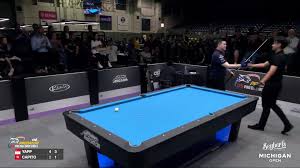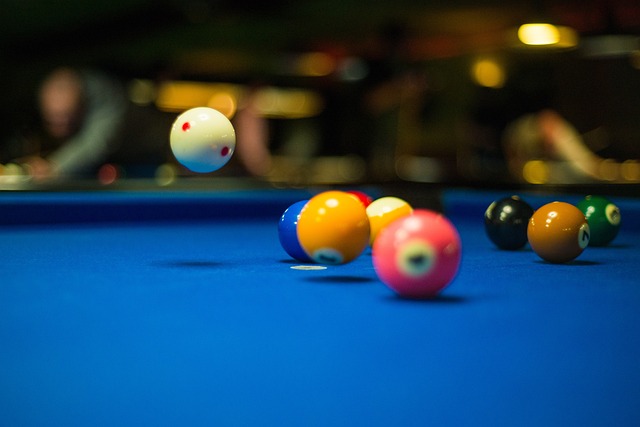
While pool and Billiards are quite similar games, there are some key differences. They use different table sizes. Billiards tables are bigger than pool tables. They also use larger balls. Billiard cues are also longer and thicker than pool cues.
Carom billiards requires no pockets
Carom billiards have a distinct advantage over pocket billiards, in that the balls are not held in pockets. They also use three balls instead of the usual four. Players shoot the balls with their cue, which should be aimed in such a way as to produce certain ricochet outcomes. These games require a lot skill and ingenuity. Each player gets three attempts per turn. A player can earn as much as 500 points, but the highest recorded score is only 427.
Carom billiards' objective is to accumulate as many points as possible before your opponent and do it within a time limit. Each successful shot counts for one point. There is no penalty for missing a shot. Aramith Carom Balls can be used to play artistic billiards.
Only 3 balls were used
Pool and billiards are both variations of the game carom. Both games require three balls: a carom ball and red. In carom billiards, the red ball is called the cue ball. The yellow and brown balls are the other balls. Both games are played at five-by-ten foot pool tables.

Billiards is played on a five-by-10-foot, pocketless table that has three balls. In three-cushion, the cueball is marked on one end with a small black dot. The object ball is always marked with a red dot. The aim of the game is to score as many points as possible.
Snooker cloth features a distinct directional nap
The snooker cloth has a distinctive directional nap which affects the trajectory and flight of the ball. It is made up of 100% wool and is thick. This is in contrast to carom cloth. Carom cloth is usually worsted, and is made for speed. Both types of cloth serve different purposes and are used in different ways.
You can most easily see the directional difference in a slow shot towards middle pocket. If the ball has been played without weight, it is more likely to sink into the side cushions. To avoid this, aim your shot towards one of the jaws in the middle pocket.
Modern billiards cues
Modern billiards cues look very different to traditional pool cues. They can be made from different materials and have male and female connections made almost exclusively from brass or steel. These materials are more resilient to temperature changes and shrink and contract less than other materials. Not only are the cue materials high-quality, but many cues also have silver inlays and precious stones.
Billiards were born out of outdoor stick and ball games. The game is also known as "ground billiards," and it's very similar to modern games like golf, croquet, and hockey. Modern billiards cues, despite sharing many similarities, are made for different purposes.

History of billiards
The history of billiards and pool dates back to the 14th century, when ground billiards were invented. The origin of the word 'billiards' is unclear, but two French words are suspected of being the source. One is 'billette,' which refers to the mace stick used to bash balls, while the other is 'bille,' meaning tail. Frenchmen were also involved in the game's development, along with the English-language creators.
Billiards and pool were very popular in England and Europe during the eighteenth century. King Henry VIII, Edward VI, and the Archbishopof Glasgow all attended events that featured pool. Cardinal Thomas Wosley, a friend, also wrote a letter in praise of the game. Billiards was seen as a noble sport in the 17th-century, when French kings hired joiners for their tables. The game has evolved considerably over the centuries, with the role of pockets evolving with time.